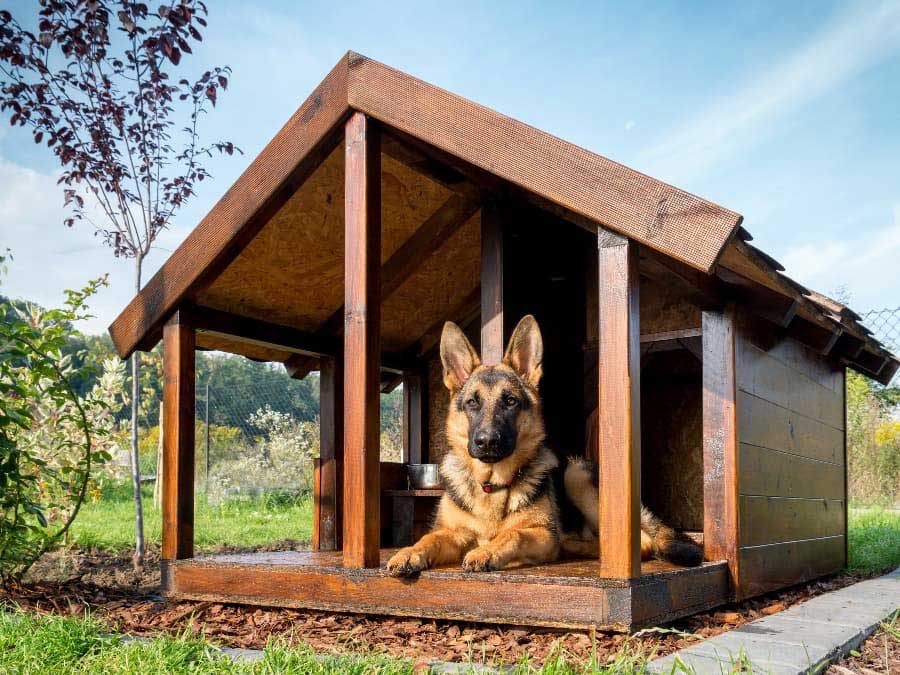As the seasons change and temperatures drop, providing a warm and sheltered space for your furry friend becomes a top priority. For owners of large dogs, ensuring that their canine companions have a comfortable and insulated outdoor retreat is essential. In this comprehensive guide, we will explore the steps and considerations involved in building an insulated dog house tailored to the needs of large breeds, along with insights from DIY enthusiasts and woodworking experts.
Understanding the Importance of Insulation
Before delving into the construction process, it’s crucial to grasp why insulation is vital for a dog house, especially in colder climates. Just like humans, dogs are susceptible to the effects of cold weather, and a well-insulated dog house can provide them with a cozy and protective environment. Insulation helps retain your dog’s body heat, keeping them warm during chilly days and nights.
Tailoring the Dog House to Your Dog’s Size
Large dogs require ample space to move around and stretch out comfortably. When planning the dimensions of the dog house, it’s essential to consider your dog’s size and ensure that the structure provides enough room for them to enter, turn around, and lie down without feeling cramped. The American Humane Society recommends specific height, length, and width guidelines to accommodate different dog sizes.
Selecting Suitable Insulation Materials
Various insulation materials can be used to keep the interior of the dog house warm. Rigid foam insulation boards are a popular choice due to their effectiveness in trapping heat and their ease of installation. Additionally, these boards are resistant to moisture, making them suitable for outdoor use. Other options include styrofoam and fiberglass insulation, each with its own set of benefits and considerations.
Insights from DIY Enthusiasts
Enthusiastic DIYers and woodworking hobbyists often share valuable tips and experiences when it comes to building insulated dog houses. Many emphasize the importance of using foam board insulation between the wall studs to create a thermal barrier. Additionally, incorporating an elevated floor design helps prevent heat loss through direct contact with the ground, further enhancing the dog house’s insulation properties.
Step-by-Step Construction Process
- Gathering Materials: Begin by collecting the necessary materials, including lumber for the frame, insulation boards, plywood for the walls and roof, and weather-resistant screws and nails.
- Creating the Frame: Construct a sturdy frame using the lumber, ensuring that it is large enough to accommodate your dog comfortably.
- Installing Insulation: Cut the insulation boards to fit within the wall and roof cavities of the frame. Secure them in place using adhesive or fasteners, taking care to fill any gaps or voids to maximize insulation effectiveness.
- Assembling the Walls and Roof: Once the insulation is in position, attach the plywood panels to form the walls and roof of the dog house. Seal any joints or edges with caulk to prevent drafts.
- Adding Finishing Touches: Complete the construction by installing an insulated door flap, raising the floor above ground level, and applying a weatherproof finish to protect the exterior from the elements.
Conclusion
By following these guidelines and drawing inspiration from experienced DIYers, you can create a custom insulated dog house that meets the specific needs of your large canine companion. A well-built and properly insulated dog house not only provides comfort and warmth for your pet during winter but also offers a secure and inviting space for them to relax outdoors throughout the year.
Citations:
https://www.ronhazelton.com/projects/how_to_build_a_custom_insulated_dog_house






Leave a Reply